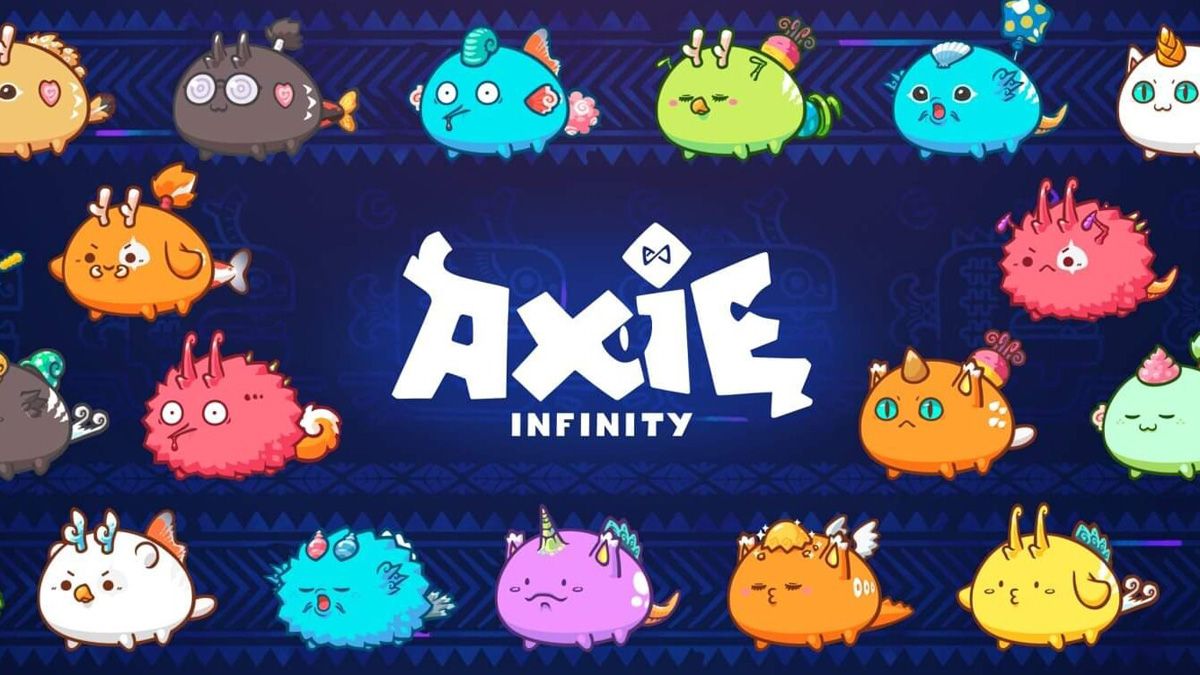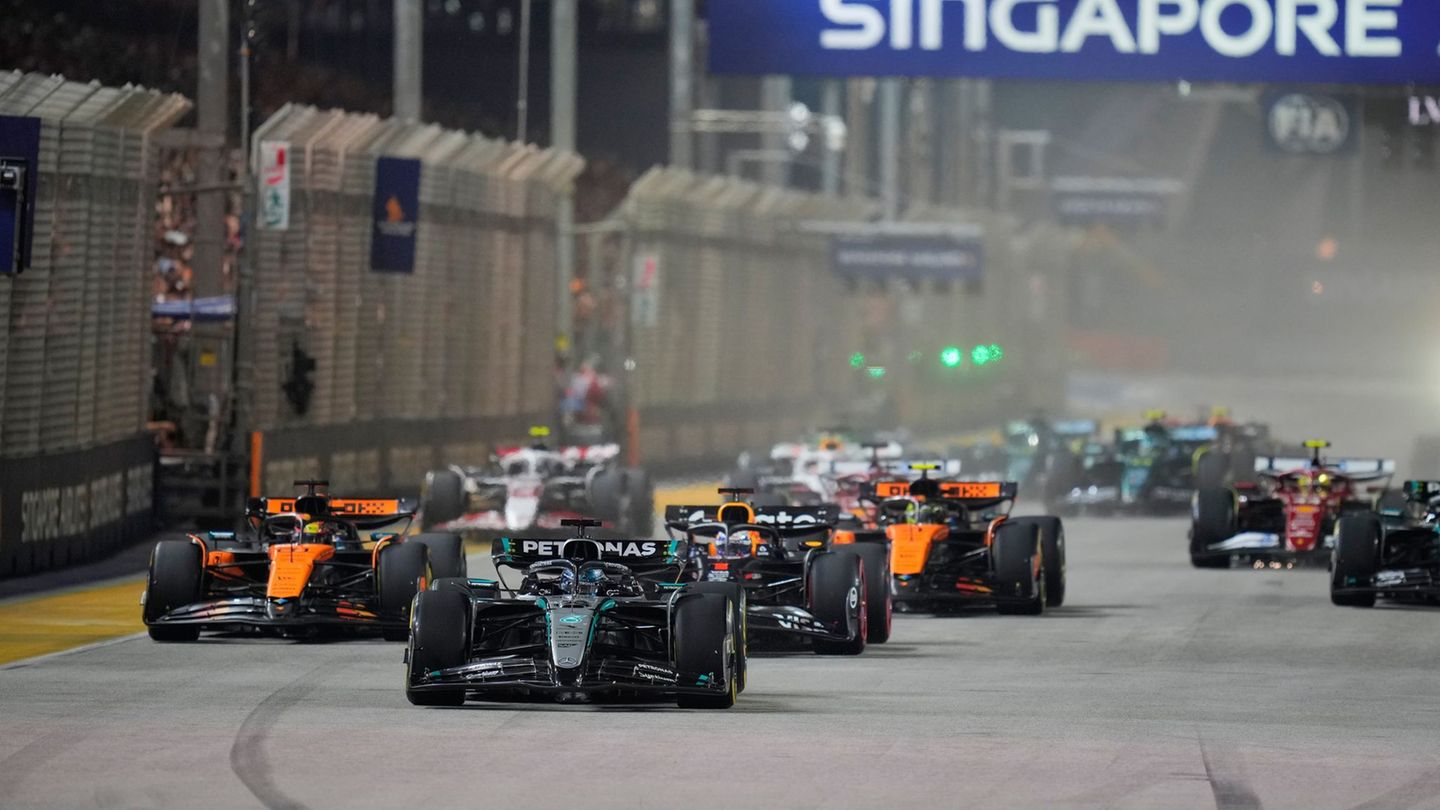A paradigm of this is Axie Infinity, the biggest crypto game, which went from being an economic lifeline for some to falling apart. There are other similar platforms like Decentraland either The SandBox. All of them work with their own cryptocurrency, something that forces them to have a careful economic design that meets different characteristics.
What happens is that after the initial boom, the enthusiasm for Axie Infinity has been lost and this has caused the value of its cryptocurrency to fall. The other two platforms, Decentraland and The SandBox, have met an identical fate.
“It has to be stable or growing over time, otherwise it will have no value in the real world. Inflation cannot exceed the growth of activity on that platform”, explains José Antonio Bravo, an economist specializing in cryptocurrencies, in a Teknautas report on this issue. There he also pointed out that a greater supply than demand of these coins would make them “lose their value and usefulness”, something that can be solved by increasing circulation, so that “people spend them in the game with an internal economy that feeds it thanks to the constant attention, but it is something very complicated, almost practically impossible”.
A bubble bursting?
Does the ‘crypto’ bubble burst? Fernando Gutiérrez, investor and specialist in crypto assets, is cautious about a hypothetical bursting of the bubble. “I don’t think it’s breaking down, or at least you can’t tell that from the price decline, because it’s pervasive across cryptocurrencies in general, even if unrelated to NFTs or metaverse, and all risky asset classes. In a context of rising rates and inflation, everyone tends to reduce risks,” he explained in conversation with El Confidencial, where he also stresses that “Nasdaq has lost 14% and there is a lot of symmetry: the best values are not affected, but others are “.
For his part, Fernando Castelló Sirvent, economist and professor at ESIC, adds that “there has been a big bubble and there is a long way to go before it stabilizes.” In addition, these usually have a total explosion, not a small puncture that deflates them little by little.
“It is more of an exhaustion because the demand does not accompany the asset. It is something that should be corrected with the purification of the market to expel those assets that do not have continuity and also revalue the rest”, he comments, where he highlights that “the economy is bad, but crypto assets are not managing to redirect capital to the market, as is happening with other assets”.
The cryptocurrency market is not going through its best moment since Bitcoin reached its record high of $65,000 and then crashed and lost more than half of its value. Today it is bidding to return to those maximum levels, although it cannot sustain itself even close to $50,000. So far this year, crypto assets have lost an average of 25% of their value.
The blow was even harder for platform cryptocurrencies like Axie Infinity.
As if that were not enough, Axie Infinity was the protagonist in the biggest robbery so far in the crypto world. An attacker managed to access the system that validates the transfers to steal about 173,600 ethers – the second most relevant ‘crypto’ – which have a value close to 600 million dollars, and 25.5 million USDC, a ‘stablecoin’ which always maintains the same value as the US dollar.
The security measures after the theft have prevented it from being played normally. The company responsible, Sky Mavis, assured that it would replenish the amount stolen from those affected, for which it launched a round of 150 million, which was led by Binance and A16z also participated. For now, it has already released a version of the game called Origin and that allows a free game mode.
Of course, the available information indicates that the debacle of Axie Infinity began much earlier. Sky Mavis data collected by ‘Bloomberg’ indicate that in March they had about 1.5 million monthly users, 45% less than in summer, their best time. On the other hand, DappRadar calculates the ‘wallets’ that interact with the ‘smart contract’ of this ‘cryptogame’; that is, they encourage the economy of the game, but not all those who are in it. According to this estimate, it has never had more than 63,000 active daily users and, in addition, it would have suffered a drop of 11% in the last month.
Account El Confidencial: “In the case of Axie Infinity, we must bear in mind that an important part of them is in the Philippines, where they work full time through a “scholarship” system: someone who can afford the initial investment that the game requires offers them access to their account in exchange for the winnings. How many play because they like it and how many play for the money? It is a mystery and, in any case, the usage data is well below that of traditional video games like Counter Strike or FIFA”.
“The ‘pay to earn’ model has pyramidal features, although it is not 100%. As you don’t organize the economy very well, when you let in new people you have a big problem, which is that you can’t continue being ‘play to earn’ ‘”, says Álex Granados, head of the NFT Community in Spanish, an outreach group.
Only a third of NFTs are worth anything
The ‘crypto games’ have only been part of this fall in crypto assets. The other big leg has been that of the NFTs, which were the great fever on the network for much of 2021.
In March, designer Beeple sold one of his digital works for $69 million, sparking interest in the industry. Several operations followed and dozens of stories of people who became millionaires thanks to NFTs were replicated.
But skeptics warned that behind NFTs there was a bubble and a high risk of scams. In the past month, the NFT market capitalization has shrunk by close to 80% to around $10 billion, according to data from Coin Market.
Furthermore, a Nansen report has revealed that only a third of NFTs have any kind of value. In the other two parts, it shows a bleak picture: 33% would be worth nothing and the other many would have a price below what it cost to mint the token itself. In fact, even the most successful collections are seeing their prices seem to have stagnated or even started to fall.
This is added to the fact that, in January, the ‘marketplace’ OpenSea – the largest NFT trading website – recognized that 80% of the content they hosted were false, plagiarized works or, directly, related to some type of scam.
Source: Ambito
David William is a talented author who has made a name for himself in the world of writing. He is a professional author who writes on a wide range of topics, from general interest to opinion news. David is currently working as a writer at 24 hours worlds where he brings his unique perspective and in-depth research to his articles, making them both informative and engaging.




